8 Shark Facts That Will Change How You See the Ocean's Top Predators
Sharks have been around for 400 million years, but there’s much more to them than big teeth and “Jaws.” Consider these facts, which will change what you think about sharks.
- There’s a shark species found off the coast of Indonesia that doesn’t just swim around. It gets from place to place by walking on the ocean floor.
- Have you ever seen a shark give birth? This may come as a surprise, but many shark species give birth to live young instead of laying eggs. That makes them more like mammals than other fish. Researchers released video earlier this year of what they think is the first live thresher shark birth caught on camera.
- There’s no place like home. There’s no place like home. Sharks don’t have ruby slippers to help them get home, but some species have an amazing innate ability called philopatry, the tendency to return to where they started their lives. Female lemon sharks, for example, swim all the way back to where they were born to give birth to their young.
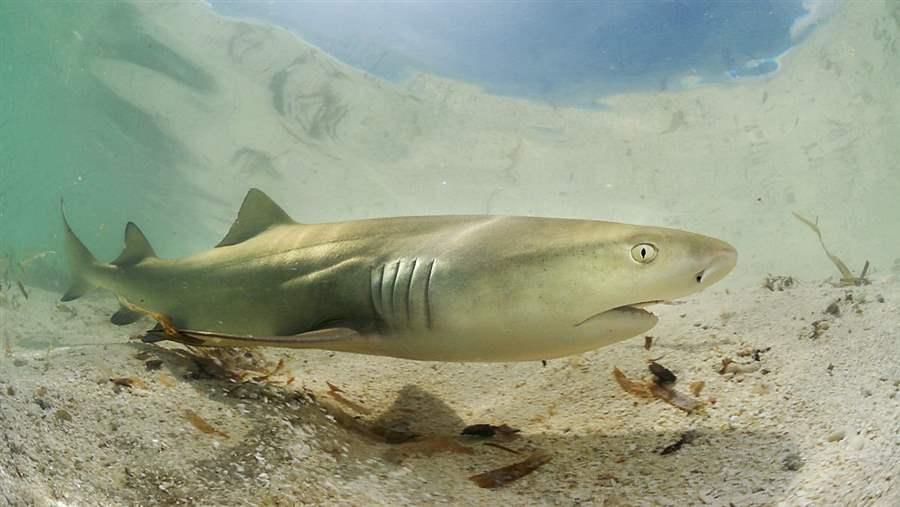 © Federico Cabello
© Federico Cabello - Scientists estimate that 100 million sharks are killed in commercial fisheries every year. That means that during Discovery Channel’s Shark Week, about 1.9 million sharks—roughly 11,200 sharks an hour—will be killed.
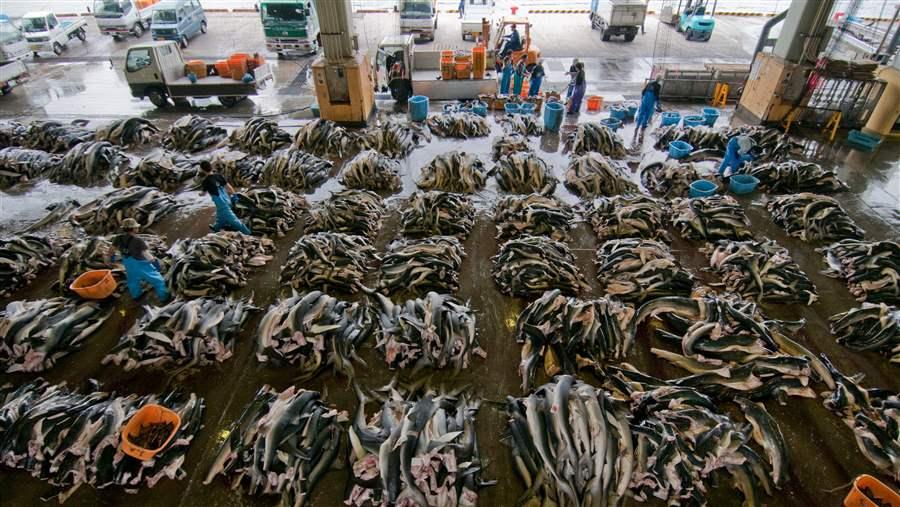 © Shawn Heinrichs
© Shawn Heinrichs - You’ve heard of a great white shark, but what about a white or blue pointer? Turns out, they’re all the same species! In Australia, the world’s most famous shark is called a white pointer, while in South Africa, it’s a blue pointer.
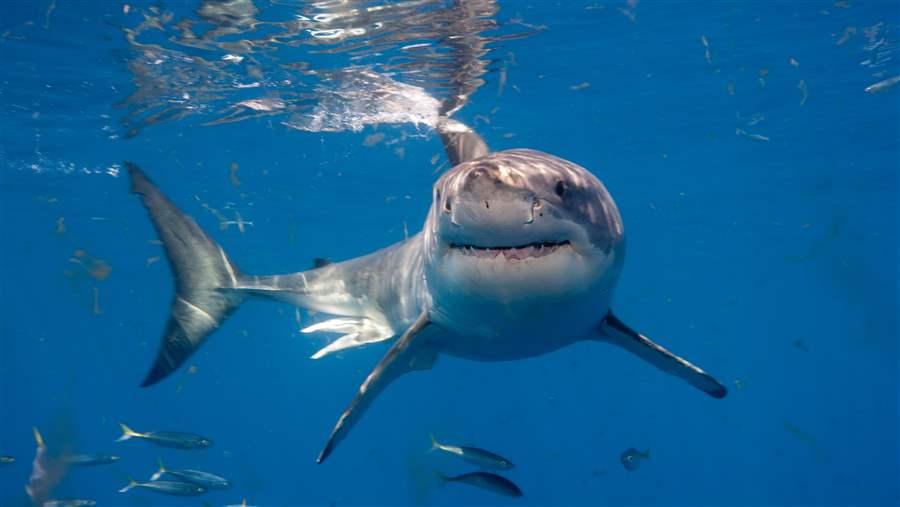 © Getty Images
© Getty Images - Hammerheads have a distinctive look and are among the world’s best-known sharks. But did you know there are at least 10 different types? For example, scalloped, smooth, and great hammerheads may look similar, but they are actually three distinct species.
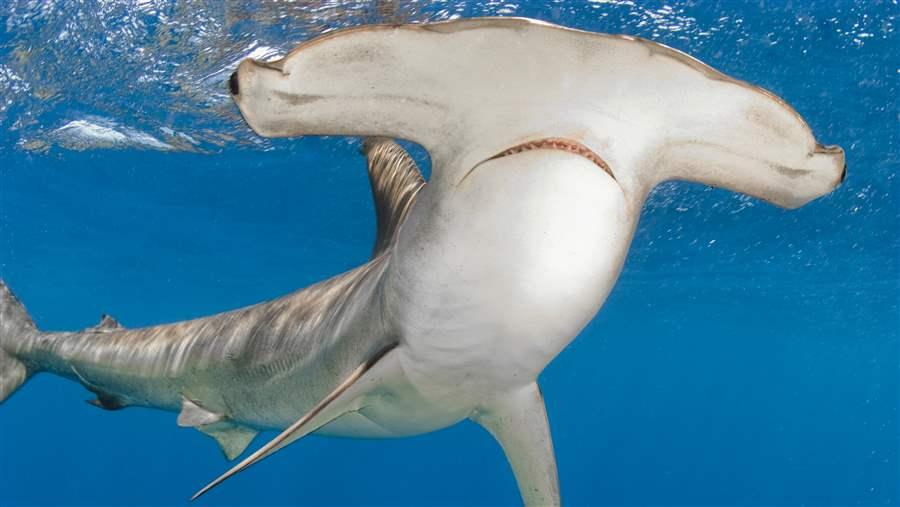 © C & M Fallows/OceanwideImages.co
© C & M Fallows/OceanwideImages.co - There are more than 500 species of sharks swimming in the ocean—and there may be many more that scientists still have not identified. Among the more unusual is the goblin shark, which one day might not seem so scary!
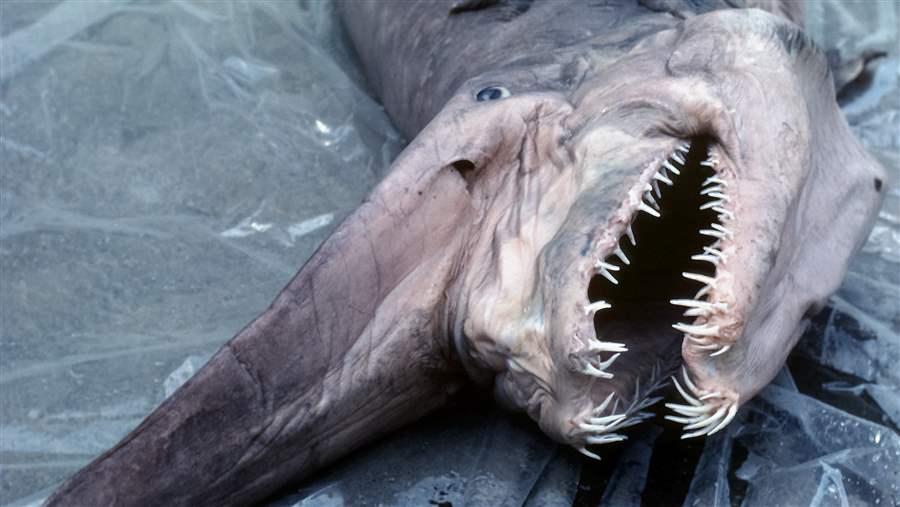 © David Shen/SeaPics.com
© David Shen/SeaPics.com - Shark fin soup is a popular—and expensive—dish in some countries, where it’s eaten in large quantities as part of wedding banquets or other special occasions. But this high level of demand creates a big problem: Sharks are disappearing quickly all around the world. Research shows, however, that sharks are worth much more alive than dead, in large part because of their ability to attract tourism. In fact, a study conducted in the waters off the Pacific island of Palau found that over its lifetime, a reef shark is worth $1.9 million, compared with just $108 when it is caught and killed.
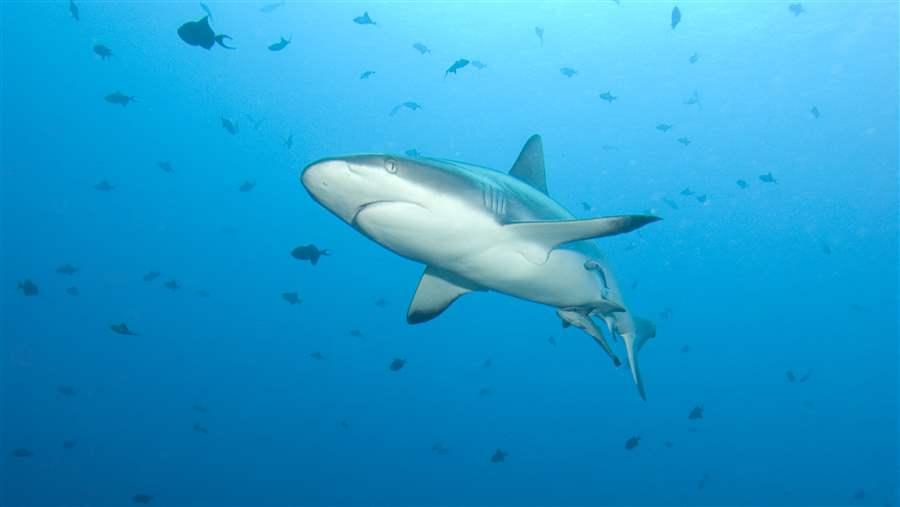 © iStockphoto
© iStockphoto











